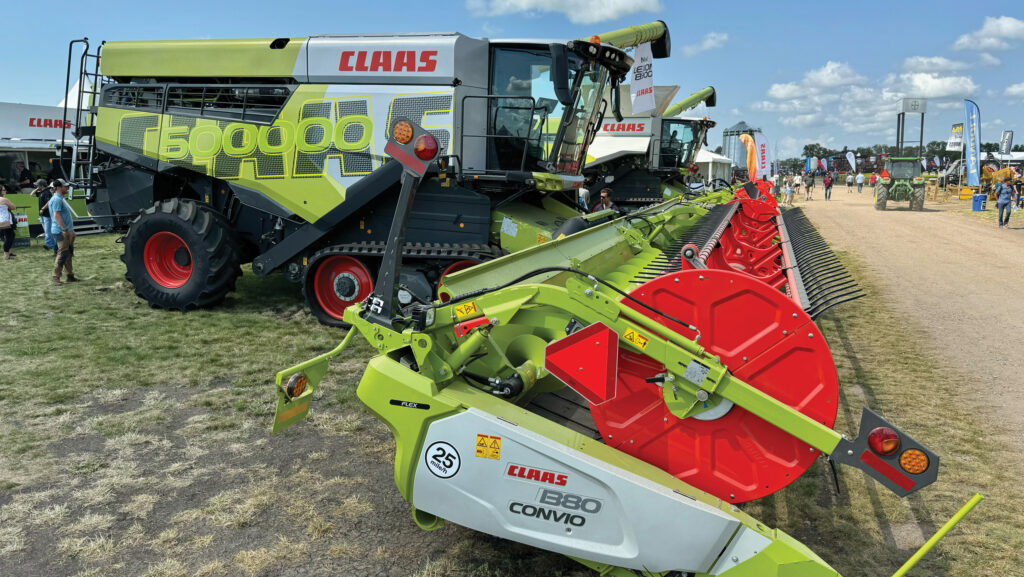Half-a-million harvesters – but which Claas combine was best?
 © MAG/Oliver Mark
© MAG/Oliver Mark Hands up who hasn’t driven, or at least sat in, a Claas combine?
Not many, surely, given the German company has now produced 500,000 machines, including 100,000 examples of its iconic Dominator and 75,000 acre-eating Lexions.
Also contributing handsomely to that tally is the Super series, of which 65,000 were sold through the 1940s, ’50s and ’60s, the Europa and Columbus models (60,000), and another 35,000 Tucanos.
And we want you to vote for your favourite in the form below.
See also: Driver’s view: Richard Ledger’s Claas Lexion 8900 combine
The machine that started it all was the trailed MDB (mower, thresher, binder) launched in 1936 using knotters the Claas family had previously developed for crop binders.
But it was the Super series, launched in 1946, that propelled the company onto the world stage, particularly when, in 1953, it morphed into the engine-driven Hercules – Europe’s first self-propelled harvester.
That laid the foundations for the Matador Giant in 1961 and, more significantly, the arrival of the all-conquering Dominator and its multi-crop threshing concaves in 1972.
A rotary version – the Dominator CS (or Commandor CS from 1986) – was presented in 1981.
At the time, these were some of the most powerful combines in the world and, in 1987, they were made available with the novel option of rubber tracks.
The first Lexion broke cover at Agritechnica 1995, bringing with it the firm’s APS hybrid technology.
All about tech
Since then, the focus has been on technology: yield data, Laser Pilot and GPS Pilot guidance, Auto Contour header control, telematics and, in 2013, the Cemos system to drastically reduce driver input.
The most recent additions to the harvesting range were the Trions and Evions, launched in 2021 and 2023 respectively.
The flagship 790hp 8900, pictured with celebratory decals at last month’s Ag in Motion show in Canada, debuted in 2019.
All European machines are still built at the firm’s headquarters in Harsewinkel, Germany, but it produces Lexion hybrids for the North American market at its factory in Omaha.
Until 2019, these were dressed in Caterpillar livery.
Claas also has facilities in India and, since its 2013 acquisition of Jinyee, has produced harvesters and components in Gaomi, China. These include the Dominator 370 hybrid and six-walker Dominator 260.

